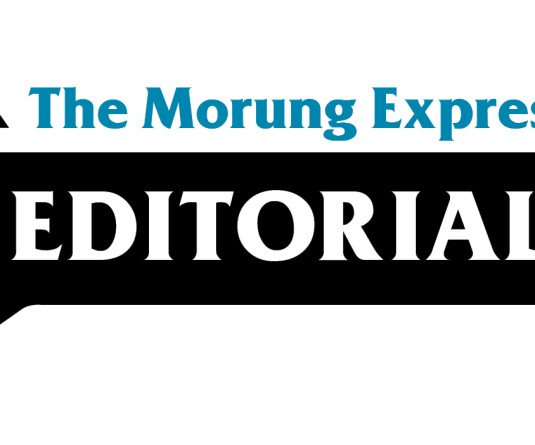
Dr Asangba Tzudir
The implementation of the NEP-2020 (New Education Policy) and the introduction of the FYUGP have posed various challenges for teachers and students alike and the institution as a whole. Considering the challenges of teaching in tune with the learning needs of the students, it is not just about the talk of collective responsibility but this transitioning period has opened up various cracks and gaps in the path towards learning. The framework itself is flexible and offers multiple exit and entry points and which is challenging in itself especially in consideration of the future prospects. As such measures to bridge the gap becomes imperative in tune with vision and achievement.
The first challenge is posed by the curriculum and syllabus restructuring which was mostly done within a short time frame and where teachers are required to adapt to the newly framed syllabus emphasizing interdisciplinary learning, skill development, and research exposure. This in itself is very demanding requiring time, training, adaptation and even mental reorientation and with a willingness to face the new challenges. It also calls for a shift in pedagogical adjustments from traditional lecture-based methods to a more interactive experiential learning including projects and internship. Also, digital exposure and connectivity is not the same everywhere and which give rise to certain access gaps especially professional development programmes or orientation workshops. This will only make the transition more challenging.
The transition has been equally challenging, if not more, for students. The shift started from the old course system first to Choice Based Credit System (CBCS) and then to FYUGP where some colleges in Nagaland merged from CBCS to FYUGP while other continued with the CBCS in order to phase out the CBCS batch. It was not just the confusion but gave students a lot of academic as well as psychological pressure where students initially joined college mentally prepared for the three-year undergraduate program. And so, this year colleges under Nagaland University produced two types of graduates with different credit framework while a third group entered the fourth year. The sudden extension to four years, especially without a clear understanding of the benefits or disadvantages when it comes to employability has raised concerns about additional financial burden and delay in career progression.
The introduction of the 4th year of FYUGP presses on the need for infrastructural development. Besides the need for more classrooms, the introduction of vocational and skills and research component demands better-equipped rooms, research conference halls and incubation centers. It also calls for upgradation of books and e-digital resources in the library to cater to the new reading lists in the syllabus especially for the many new courses that have been introduced. And most institutions, especially govt. colleges, are yet to fully develop the infrastructure needed to support such a transition. Also, industry tie-ups have become a great necessity especially for the internship. This will be challenging especially for colleges in remote areas. Even colleges in places like Dimapur are finding it difficult.
Another change that is needed in this transitioning period is to redesign the evaluation and semester progression system through different grading mechanisms in light of the multidisciplinary courses including skills. Otherwise this may lead to compromising academic outcomes besides the added confusion.
While the FYUGP with its multidisciplinary approach has the potential to give a new form and structure to higher education, its success largely depends on how effectively the transition is managed and how the cracks and gaps are filled. The challenges of the transition are such that both teachers and students need to be empowered in various ways. In this transition, in order to bridge the transitional gap, a collaborative approach that involves policy makers, institutions, faculty, and students is essential towards ensuring that the transition does not widen the gap between vision and achievement.
(Dr Asangba Tzudir writes a weekly guest editorial for The Morung Express. Comments can be emailed to asangtz@gmail.com)




